We Have a Healthy Spacecraft
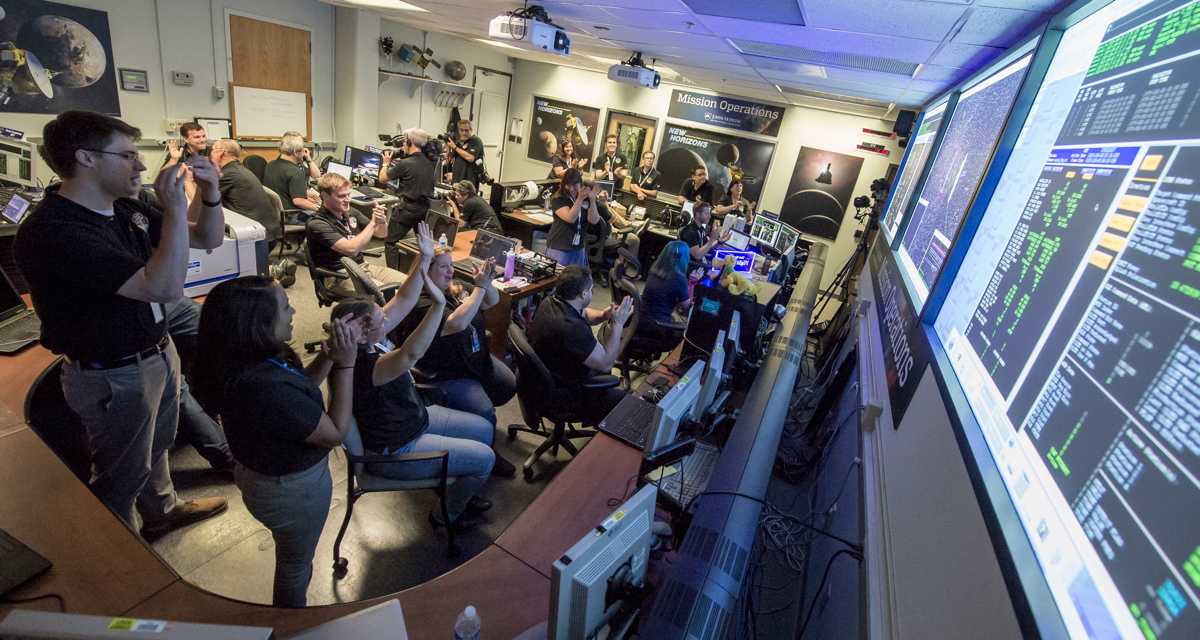
Wednesday, July 15, 2015: Flight controllers of New Horizons space probe react with jubilation after receiving confirmation that it had completed the historic flyby of Pluto successfully on July 14, 2015, in the Mission Operations Center of the Johns Hopkins University Applied Physics Laboratory (APL) in Laurel, Maryland. New Horizons had been collecting data during the flyby, and was instructed to remain silent until it passed beyond the Pluto system. "We have a healthy spacecraft," announced mission operations manager Alice Bowman of APL to the assembled crowd, which erupted in cheers. [See our complete coverage of the New Horizons mission.]
— Tom Chao
Zoom In on Pluto
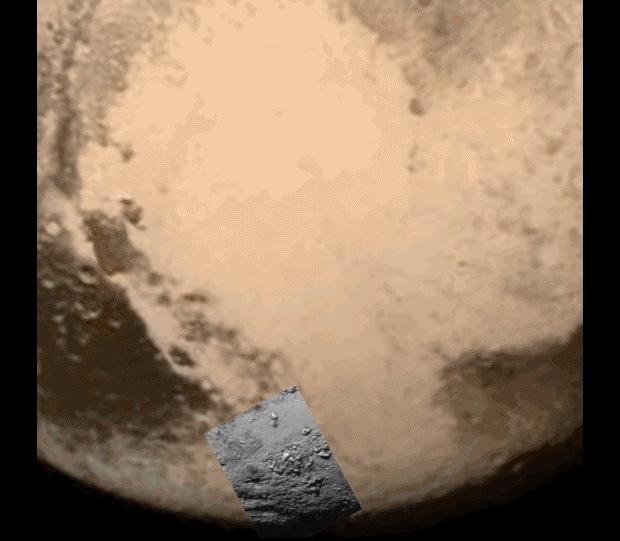
Thursday, July 16, 2015: New Horizons space probe sent to Earth the highest resolution photo of Pluto ever seen, as presented in a NASA press conference on July 15, 2015, at the Johns Hopkins University Applied Physics Laboratory, Laurel, Maryland. This still frame from an animation shows the close-up frame as an inset on a larger image of Pluto obtained July 13, 2015, for reference. The new image, focused on the base of the heart-shaped feature, shows a mountain range with peaks standing as high as 11,000 feet (3,500 meters). [See the new photo in our full story.]
— Tom Chao
See Ceres
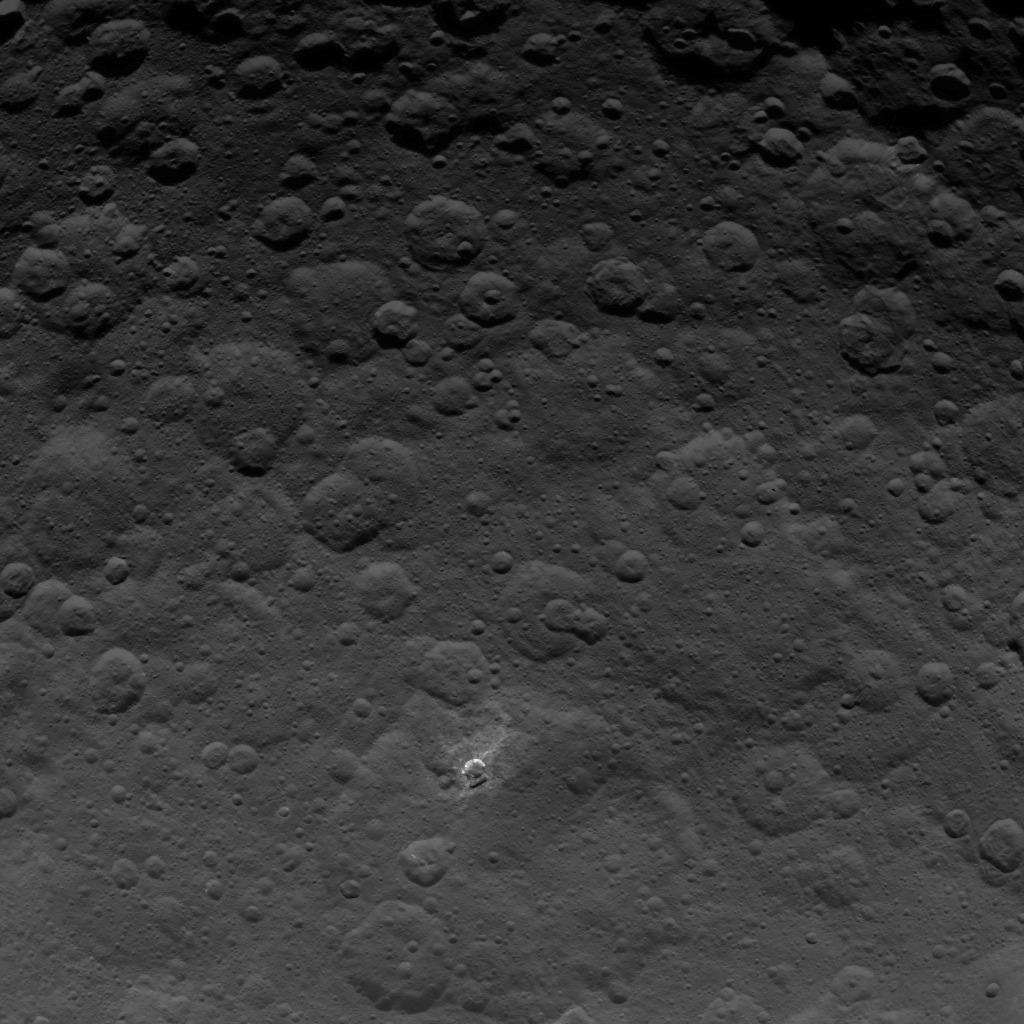
Friday, July 17, 2015: NASA's Dawn spacecraft caught a portion of the northern hemisphere of dwarf planet Ceres from an altitude of 2,700 miles (4,400 kilometers) on June 21, 2015. Dawn spacecraft explored the giant protoplanet Vesta during 2011-2012 before heading to dwarf planet Ceres. Image released July 10, 2015.
— Tom Chao
Over the Lake
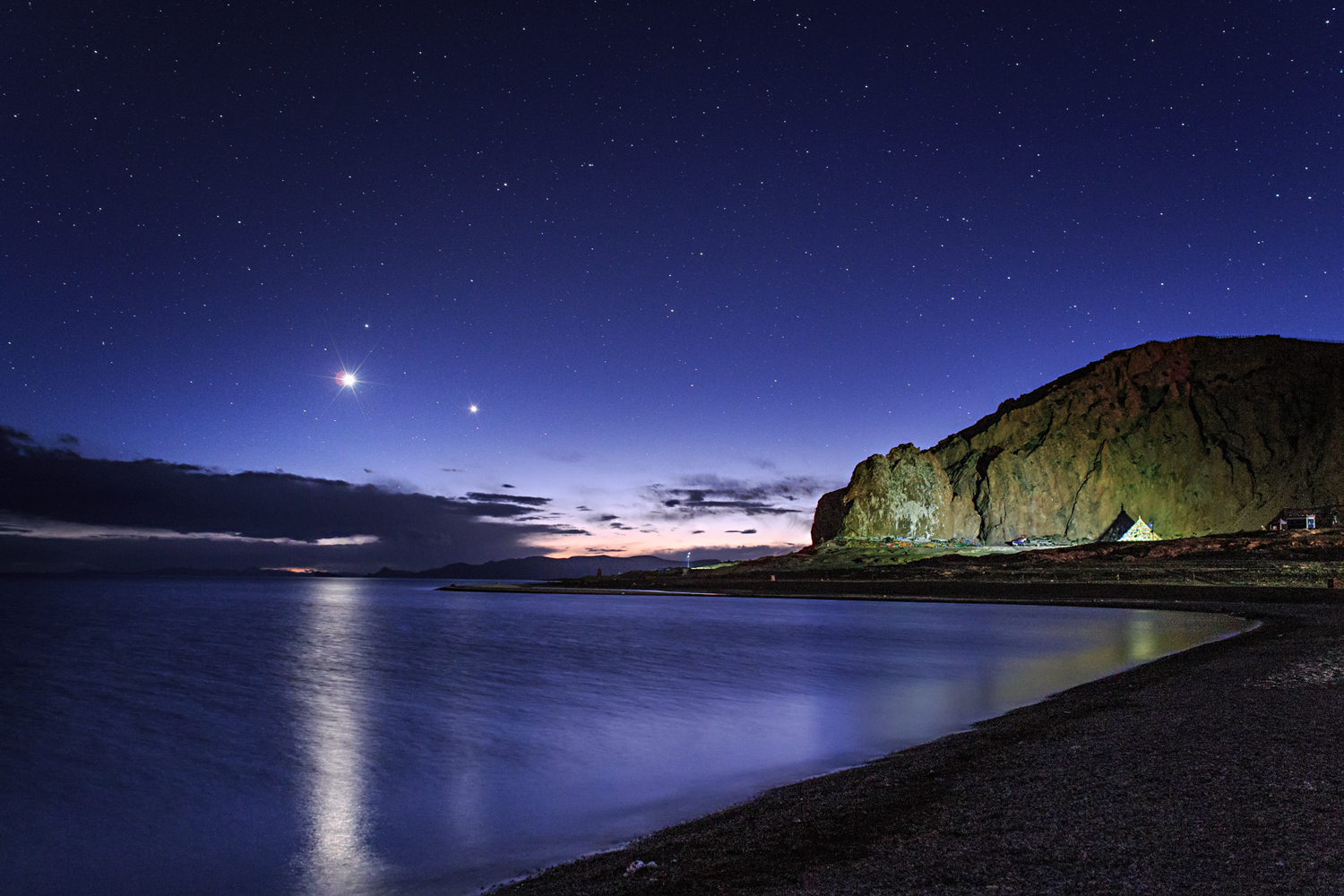
Monday, July 20, 2015: Astrophotographer Jeff Dai sent in a photo of Venus and Jupiter over Lake Namtso, Tibet, caught on July 15, 2015. Namtso means "Heavenly Lake" in Tibetan, and has earned a reputation for its beauty and high altitude (15,500 feet or 4720 meters). Dai writes in an email message to Space.com: "The water here is a storybook crystal-clear blue. Clear skies join its surface in the distance, creating an integrated, scenic vista. Soul of every visitor who has ever been here seems to be cleansed by the pure water."
— Tom Chao
Moon and Tree
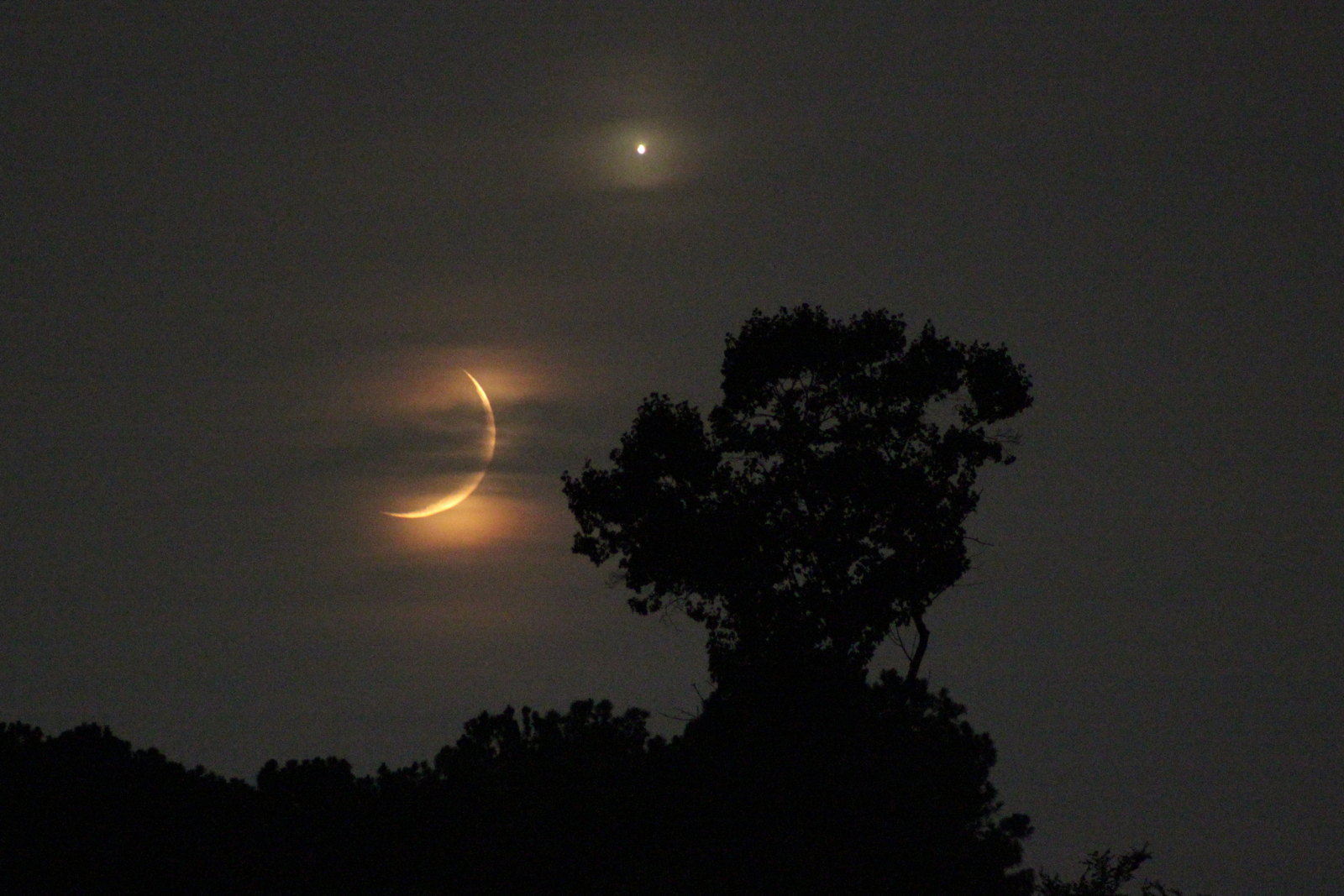
Tuesday, July 21, 2015: Astrophotographer James L. Brown, Jr. sent in a photo of the crescent moon and Venus taken in Calhoun, Georgia, on July 18, 2015.
— Tom Chao
Explode into Space
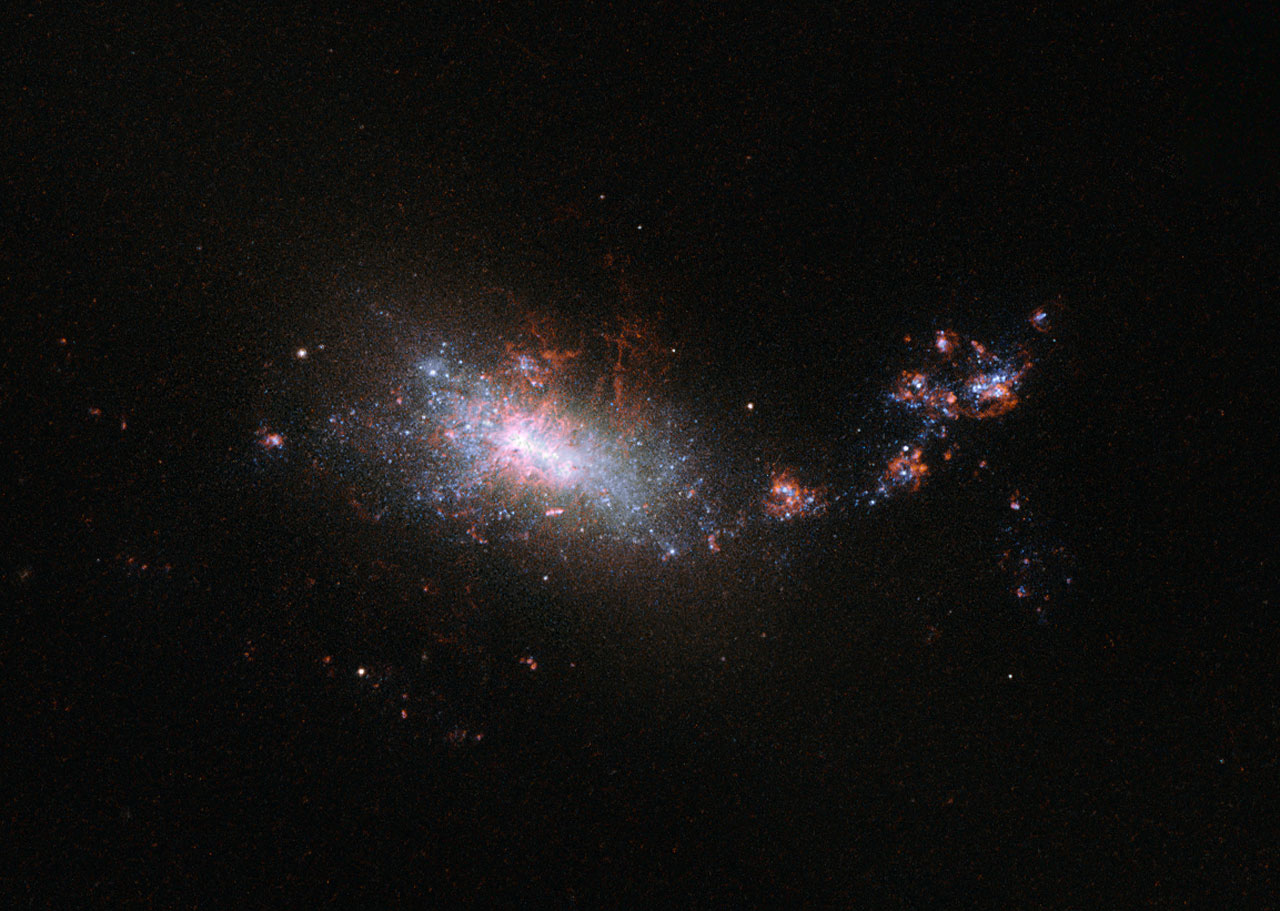
Wednesday, July 22, 2015: The dwarf galaxy known as NGC 1140 lies 60 million light-years away in the constellation of Eridanus. NGC 1140, with an irregular form, currently exhibits a starburst, creating a star the size of our sun each year. Bright, blue-white, young stars illuminate the galaxy. Later in its life, the larger stars in the galaxy will die and explode as supernovas, blowing gas into space. The loss of gas, needed to create more stars, will eventually end the starburst. Image released July 20, 2015.
— Tom Chao
Reelin' in the Years
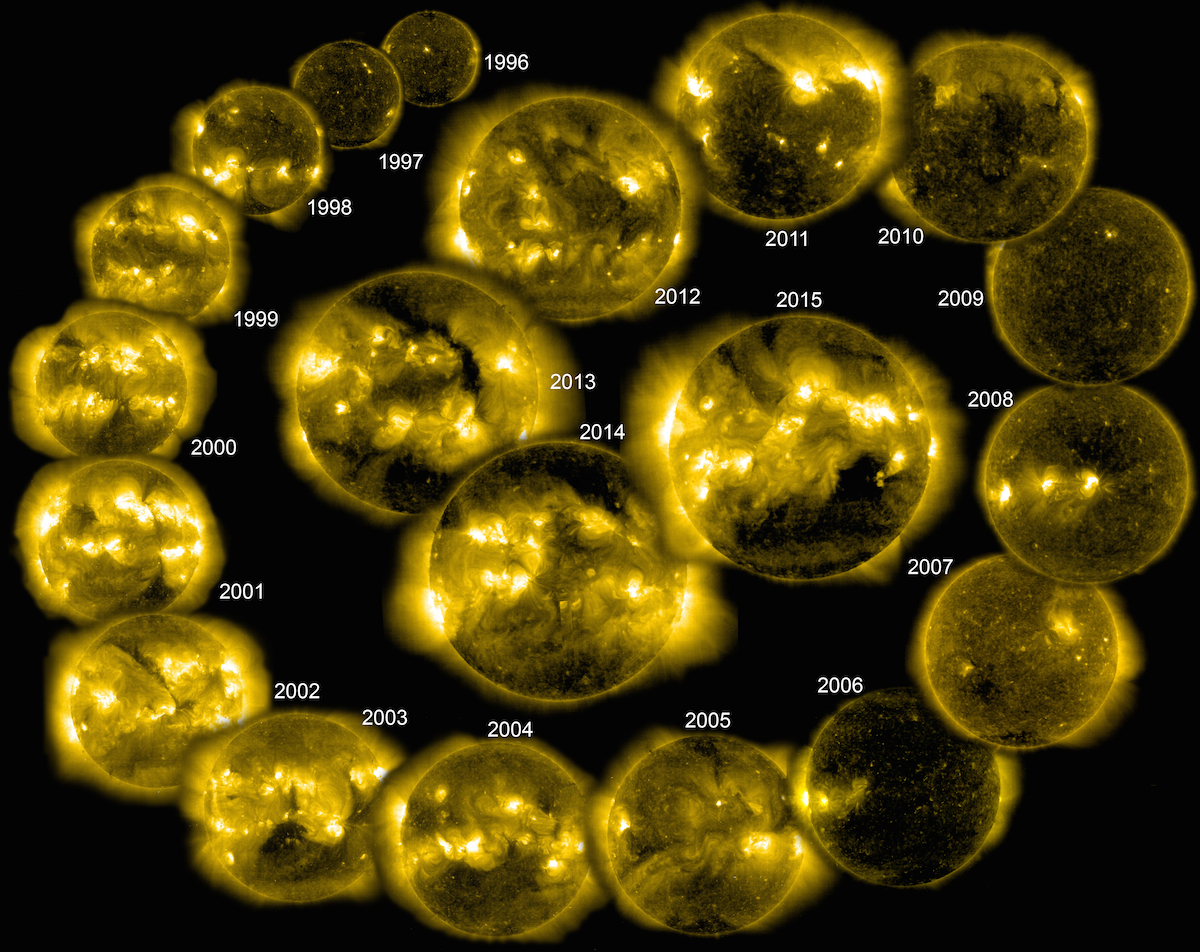
Thursday, July 23, 2015: The Solar and Heliospheric Observatory (SOHO) has spent almost 20 years viewing the sun. This composition shows the waxing and waning of the sun’s corona as it follows an 11-year cycle of activity. SOHO’s extreme ultraviolet Imaging Telescope captures images of the of the sun’s atmosphere, the corona, impossible to record from the ground. In this composite image, brighter images show times when the sun displayed more activity. Each of the images shown here was taken in the springtime. Image released July 13, 2015.
— Tom Chao
Get the Space.com Newsletter
Breaking space news, the latest updates on rocket launches, skywatching events and more!
Stone Temple & Pleiades
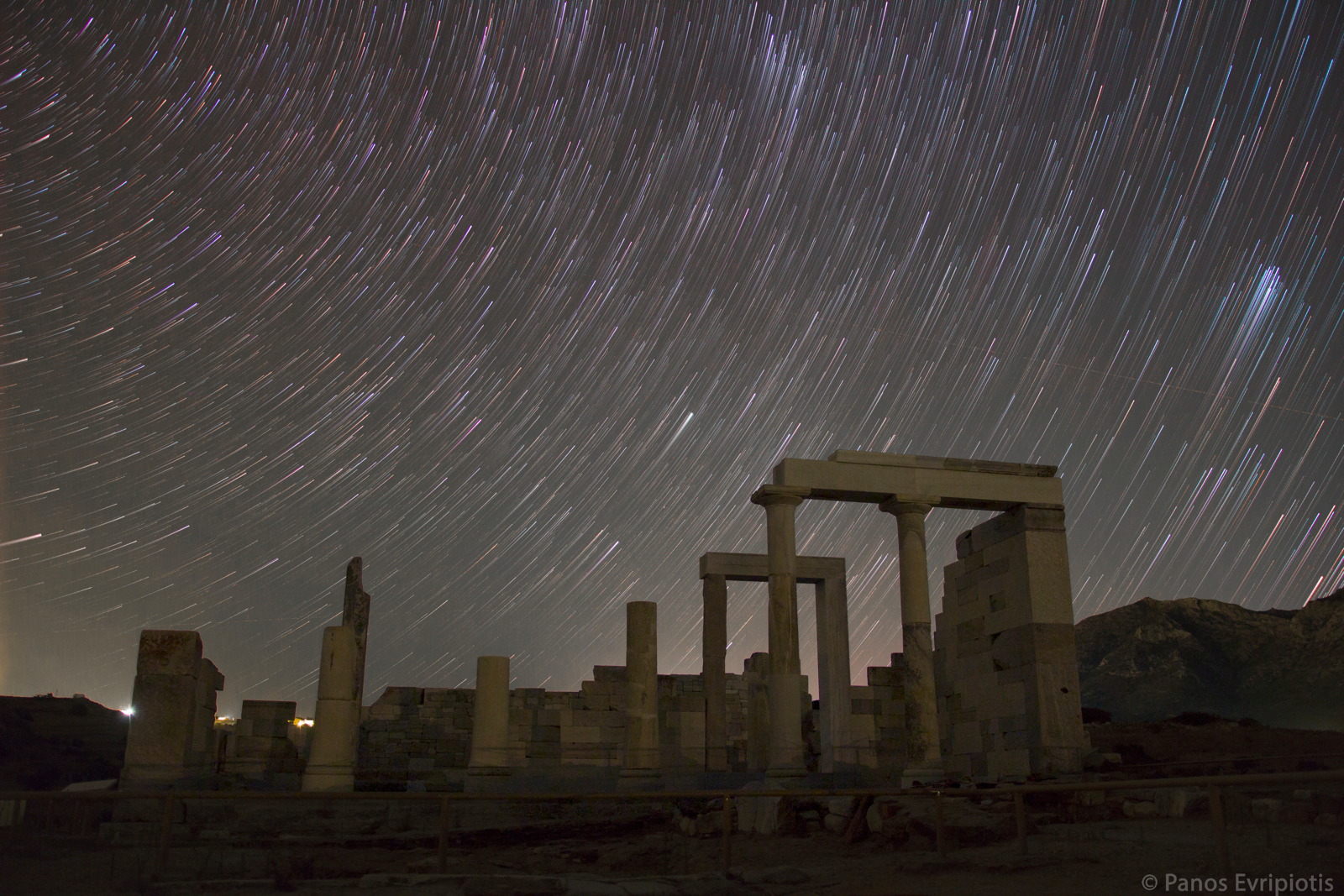
Friday, July 24, 2015: Astrophotographer Panos Evripiotis sent in a photo of stars appearing to trail over the Temple of Demeter on the island of Naxos, Greece. He writes in an email message to Space.com: "[T]he temple is located south of the village Sagkri on Naxos Island. [In] the foreground you can see the Temple of Demeter which was [built] out of marble [in] the late 6th century BC. The location was a place of worship from the 8th century BC, and was dedicated to earth deities. [In] the background of the image, even though it's a star trail image, you can easily spot the Pleiades trail on the far right of the photo. I was at the location of the temple for about 3 hours, shooting continuously with my camera and my laptop until I was happy with the results." Photo undated.
— Tom Chao
Take a Rocket Ride

Monday, July 27, 2015: A long-exposure photograph shows the Soyuz TMA-17M rocket streaking through the night sky over Kazakhstan, after launching from the Baikonur Cosmodrome on July 23, 2015. The spacecraft carried Expedition 44 Soyuz Commander Oleg Kononenko of the Russian Federal Space Agency (Roscosmos), Flight Engineer Kjell Lindgren of NASA, and Flight Engineer Kimiya Yui of the Japan Aerospace Exploration Agency (JAXA) to the International Space Station for their five-month mission.
— Tom Chao
I Blew It Off
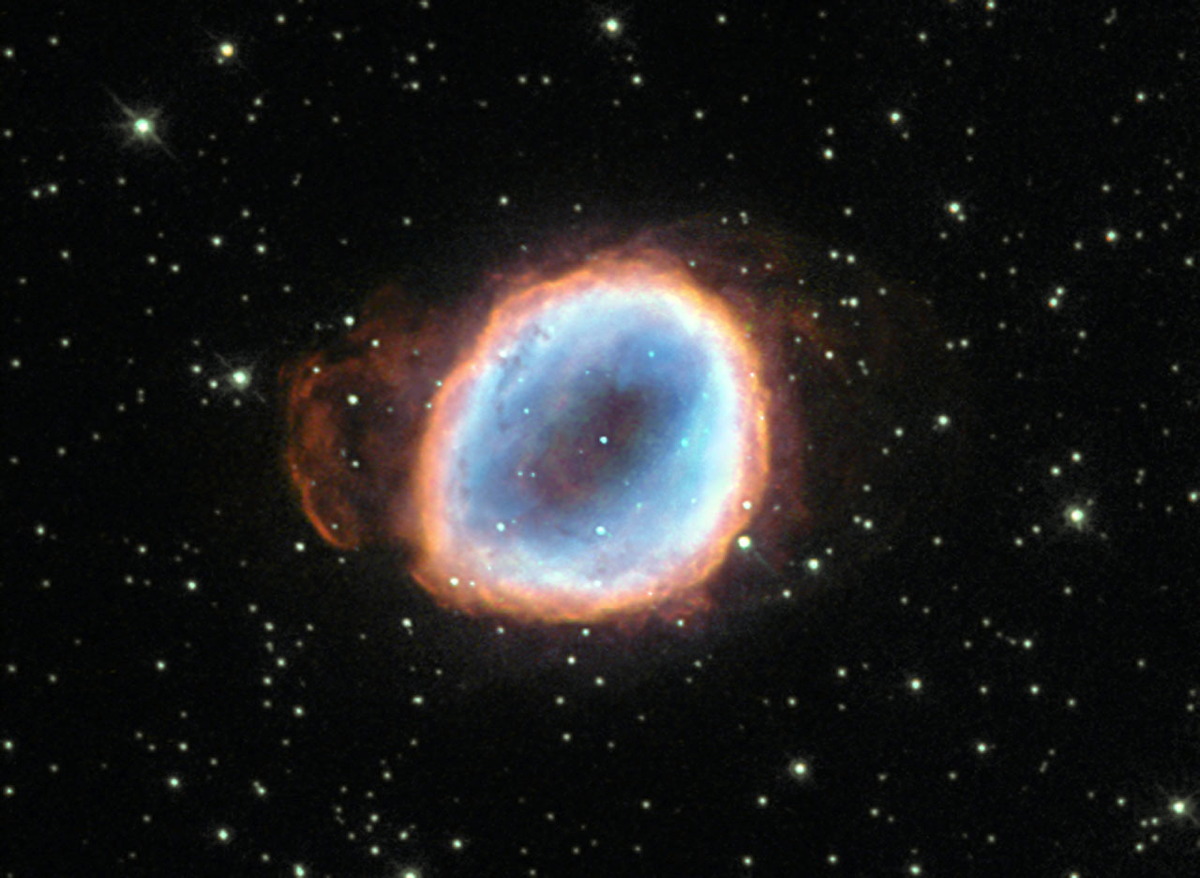
Tuesday, July 28, 2015: Planetary nebula NGC 6565 glows in space, as seen by NASA/ESA’s Hubble Space Telescope. This object consists of a dying star’s last remnants, after it has blown its outer layers into space. A cloud of gas surrounds the now-exposed luminous core, which excites the gas, causing it to radiate in various colors. Planetary nebulas remain illuminated for about 10,000 years before the central star begins to cool, and shrinks to become a white dwarf. (Planetary nebulas have nothing to do with planets, but were so named owing to misidentification by William Herschel as he viewed these objects in his telescope.) Image released July 27, 2015.
— Tom Chao
Join our Space Forums to keep talking space on the latest missions, night sky and more! And if you have a news tip, correction or comment, let us know at: community@space.com.










